Satisfying the network capacity needs of 5G will demand a huge expansion in the numbers of antennas that we will see in the environment. Or will it? I’ve been part of a research team at Cambridge Consultants working alongside our client CHASM™ Advanced Materials to deliver a breakthrough in the use of transparent metamaterials for antennas. The implications are powerful – in the future you could see far fewer antennas, no matter how many are deployed for industrial and domestic applications.
Indeed, I’m pleased to reveal the completion of successful proof of concept (PoC) testing of see-through phased array 5G antennas – along with a roadmap to make the material and design methodology available to the whole industry. Our work has significant implications for the commercial viability of unobtrusive structures and opens the way to countless novel applications. Currently, there are very few transparent solutions available, and they are limited to very specific and expensive niche applications. Our process is all about streamlining simulation, design cycles and testing to quicken design prototyping and so hasten mass-market manufacture.
I plan to delve deeper into the more complex technical detail of our work at a later date, but for now I want to concentrate on the market need, the use case benefits and the considerable advantages from an aesthetic and environmental point of view. Let’s start with that big picture. For me, urban infrastructure development in the 20th century left us with an ugly legacy of clutter – from TV aerials, wires and electric cabling to the pipes and paraphernalia of water utility. It shouldn’t have to be that way this time around.
We must also consider the hearts, minds and general perspectives of people right now. Many already have a negative perception of ubiquitous connectivity infrastructure. As we move towards greater 5G rollout, this is a way of easing resistance and removing obstacles to future installations. That rollout will require more antennas closer to the point of use to assure high-bandwidth line-of-sight connections. Transparent structures will help us overcome design challenges by ‘hiding in plain sight’ on buildings, windows, interior ceilings, light fixtures and so on.
Beamforming phased array antennas
A crucial element of successful deployment is for transparent phased array antennas that offer beamforming. This feature unlocks many of the fundamental benefits of 5G. Focusing the wireless signal in a particular direction provides a better signal-to-noise ratio (SNR) which means faster transfer and fewer errors. This transparent capability has not been available until now.
We first got together with CHASM back in 2019, and soon began working on the breakthrough, using their AgeNT™ transparent circuit material. Our overarching goal was to deliver innovative technology with using the material while significantly reducing the cycle time from design to manufacturing using predictive tools and optimised manufacturing processes.
We’re really pleased with our PoC testing after designing a tuneable dual-layer patch antenna with amazing results. We tested at 3.5 GHz and achieved performance similar to standard antenna design. Normally, patch antennas that have two layers will see drops in efficacy, instead we are seeing gains that are similar to that of a printed circuit board.
Without going into too much detail, the main task in hand for the project was to optimise the conductivity and radio frequency (RF) properties of the transparent circuit material at particular frequencies. The material itself is made up of a metal mesh covered by a layer of carbon nanotubes to provide additional conductivity and RF properties.
We embarked on a series of simulations designed to achieve the characteristics of a conventional metallic material. As you ascend the frequency range, so the transparent material has to be adjusted. Broadly speaking, the higher you go the more difficult it gets to achieve your desired performance. I hope and expect the next phase of the project to explore further material geometries as we continue to work our way up towards millimetre wave (mmWave).

Potential market applications
The CC team is pleased to have helped paved the way towards this novel area of commercial development for CHASM. As we move forwards, I’m keen on the idea of creating a demo to show the many potential market applications of transparent phased array antennas – from routers and wireless to the home (WTH) to back-haulers, smart city hotspots and autonomous vehicles.
A couple of examples: if 5G is used to deliver broadband to the home, then the number of antennas required to maximise connectivity will be higher. And if satellite communication is to become ubiquitous in autonomous vehicles, to guarantee seamless roaming from terrestrial networks to low earth orbit (LEO) or geostationary orbit (GEO) satellites, then high gain steerable beam antennas will be necessary.
The current solution is for large ‘pizza box’ antenna panels to be added to the roofs of vehicles, which is not a route particularly well favoured by manufacturers. Cars and trucks are effectively metal boxes not suited for good antenna performance at different frequencies over a large number of use cases. But windscreens, mirrors and windows are ideal place to locate transparent antennas. There is plenty of scope to explore higher bandwidth solutions through the use of beamforming. What’s more, the increased connectivity offered by broadband LEO services could be leveraged for larger, better performing antenna arrays.
Please drop me an email if you’d like to discuss this topic in more detail. I for one am excited by the prospect of an approach that allows antenna manufacturers to streamline simulation, design cycles and testing while opening the market to a new generation of antenna technology that promises to declutter buildings and our lives.

.jpg)





















